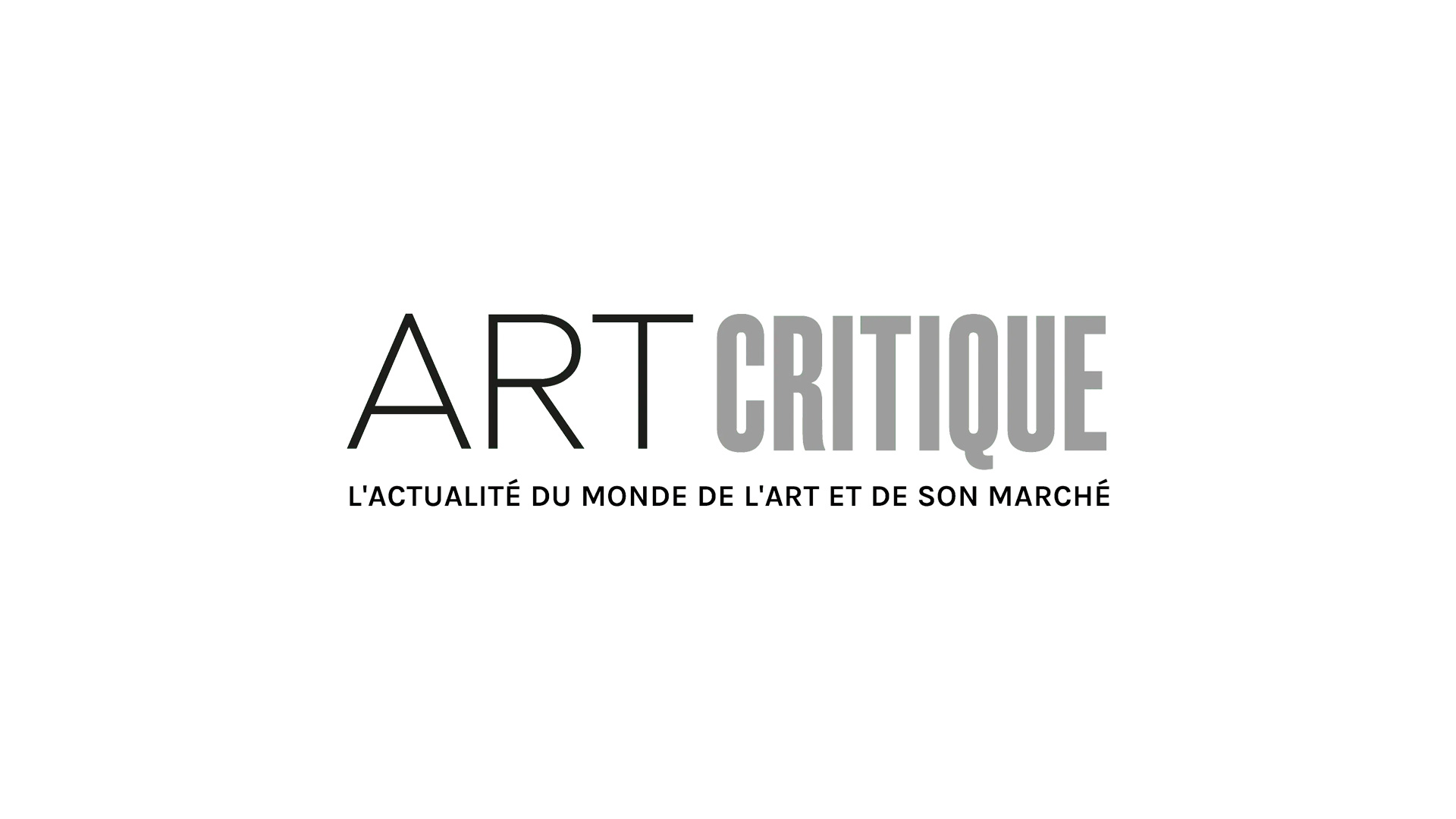Born in New York in 1898, Peggy Guggenheim was the daughter of a rich New York banker and the niece of industrialist and art enthusiast Solomon Guggenheim who created the Solomon R. Guggenheim Foundation in 1937 to store his vast collection.
Fatherless at the age of 14, Guggenheim found herself heir to a large fortune following the death of her grandfather in 1919. During this period, she hung out with many intellectuals who were captivated by European art which gave her the impetus to visit the old continent. At 23, she left the United States for France and bought an apartment in Paris as well as a villa in Pramousquier in the south of France.
In the capital, she became friends with Constantin Brâncuşi and also spent time with Marcel Duchamp and Jean Cocteau who introduced her to modern art. However, in 1928 in Saint-Tropez, she met the British literary critic John Ferrar Holms with whom she left to live in London. Nevertheless, she maintained her interest in the French avant-garde and, in the mid-1930s, even bought the first piece in her collection, the polished brass sculpture entitled Head and Shell by John Arp. Ten years after they moved to London and although her companion had been dead for four years, Guggenheim opened her first gallery named Guggenheim’s Young which indicated her ambition; to represent relatively unknown young artists. For her first exhibition, she decided to show her friend Brâncuşi’s sculptures before showing surrealist and abstract paintings by Yves Tanguy and Wassily Kandinsky and to guarantee recognition in London’s artistic community.

In 1939, anticipating the concept of the “artist residence”, Guggenheim returned to France to buy a castle that she planned to put at the disposal of a community of artists. The project was not successful but she took advantage of her trip to add to her collection. Still advised by Marcel Duchamp but also by Herbert Read and Petra von Doesburg, she set out to acquire one piece every day and invested $40,000 in various works, buying art characteristic of all the major movements of the period: cubism, futurism, constructivism, geometric abstraction, dadaism and surrealism.
She built an impressive collection for which she quickly had to find storage since the war was about to break out at the end of the year. Guggenheim then made the decision to repatriate to the United States, which she did in 1941 after having received the endorsement of the ambassador to the United States and the help of one of her former transporters who shipped her entire collection under the heading “household items”. Before embarking herself for her country of origin she used her family’s reputation as well as her many contacts and her personal fortune to help her artist friends to flee Europe. Among them were André Breton and, most importantly, Max Ernst whom she had met earlier and with whom she would marry in the United States the following year.

In1942 Guggenheim also founded her New York gallery called Art of the Century where she not only showed pieces from the collection she had accumulated in Europe but also work from exiled artists who she sought to help earn a living. Employing an innovative hanging device (the paintings were hung in space and had no frame), she introduced the American public to the work of Paul Klee, Marc Chagall and Marcel Duchamp. Her gallery soon became a source of inspiration for young American artists who borrowed abstract forms and surrealist processes to express their own stories.
In 1943 (the year she divorced Max Ernst), Guggenheim decided to represent artists of the American avant-garde. After showing work by Joseph Cornell, one of the pioneers of assemblage, she began specializing in the defense of abstract expressionism, showing alternately, William Baziotes, Adolph Gottlieb, Robert Motherwell, Mark Rothko and even Jackson Pollock.
Nonetheless, she obtained a visa in 1945 to study European art and when she returned to New York the following year after having lived in Paris and Venice, it was to close the doors of her gallery. She returned to Venice three years later to permanently move into the Palazzo Venier dei Leoni where she had installed the two hundred paintings and sculptures that made up her collection. Peggy opened this space to the public beginning in 1951 and donated a portion of it to the Solomon R. Guggenheim Foundation in 1971. She continued to live there, focusing on pre-Columbian and African art, until her death in 1979.

Although she was more of a passionate art-lover than a business woman (she was offended by the commercial turn of contemporary art during the inauguration of her uncle’s museum in New York in 1959), Guggenheim nevertheless built up one of the most complete collections of 20th century art which brought together works from the European as well as the American avant-garde. However, she was less of a collector than a gallerist in the strictest sense of the word; she discovered and showed talents in which she believed. But, most significantly, by facilitating connections between established European artists and young American artists, she had literally contributed to the creation of American art and by assuming the role of patron for this generation whose work nobody at the time risked buying, she allowed artists to continue creating and to find their own style.
This article was originally published in French by Art Critique’s Orianne Castel on September 11th. The original can be found here.






